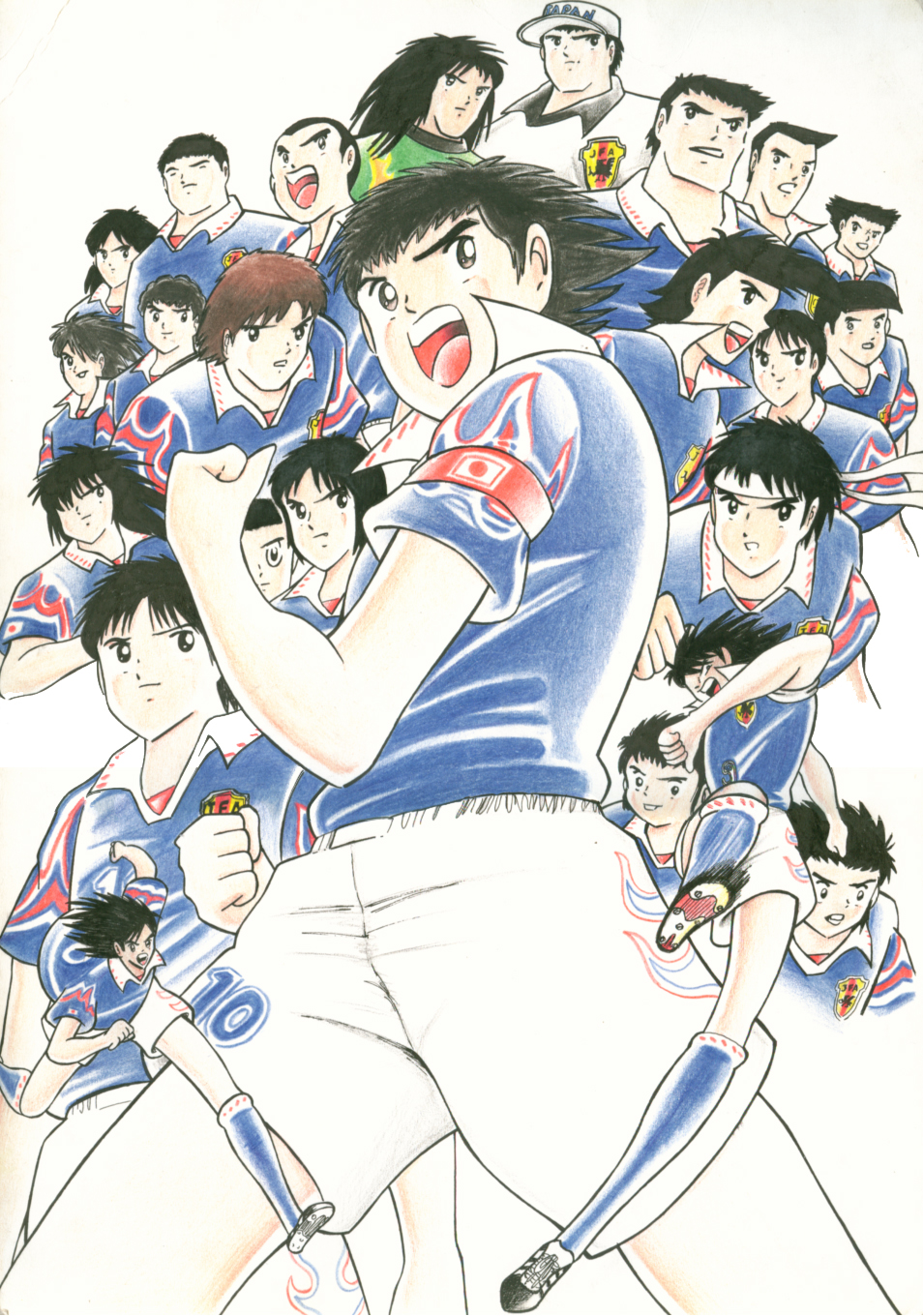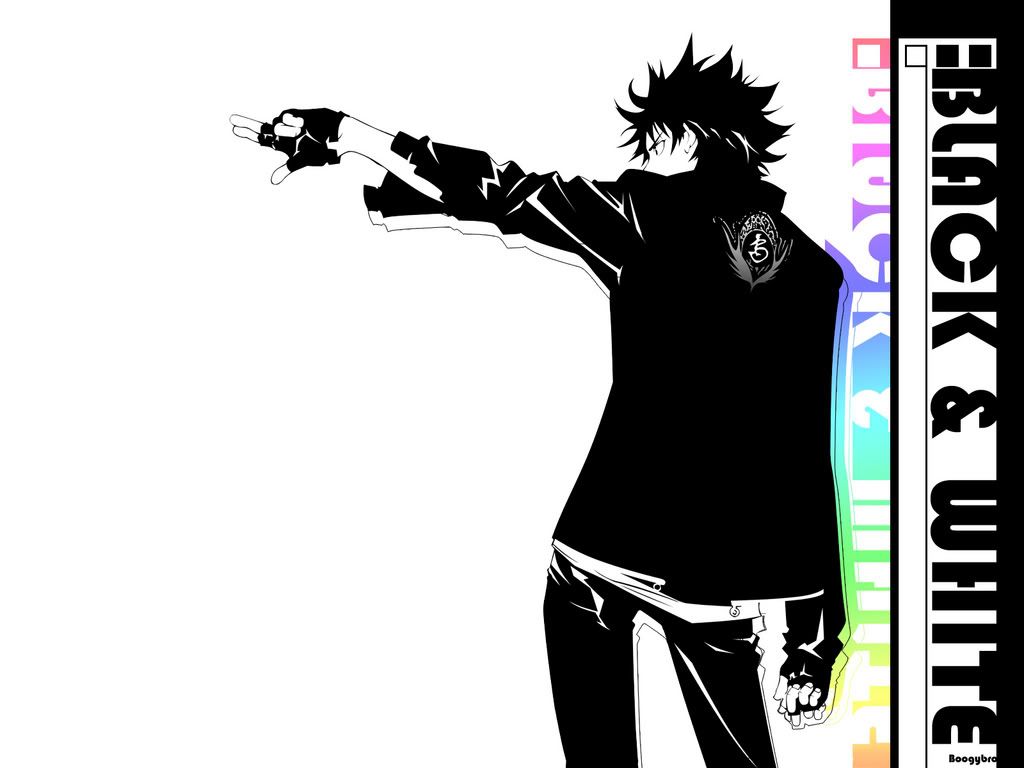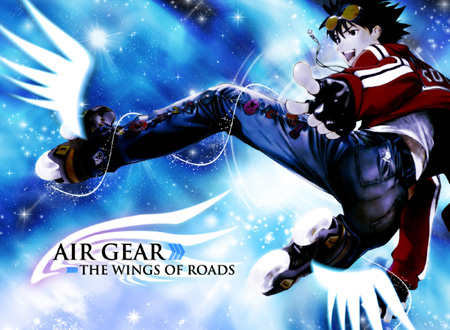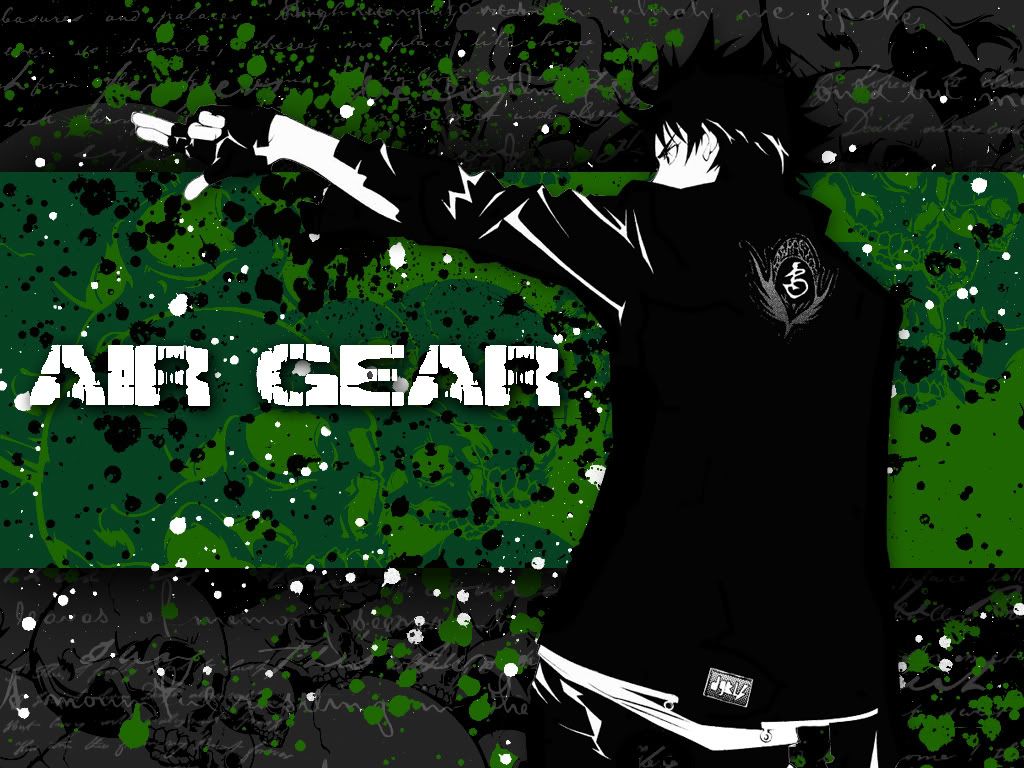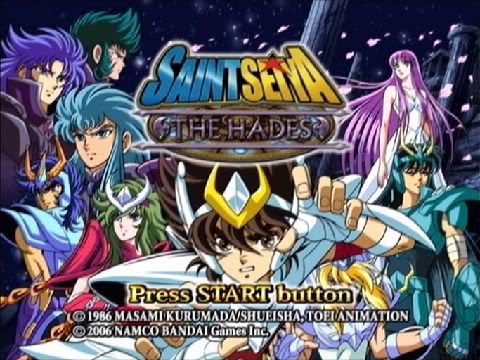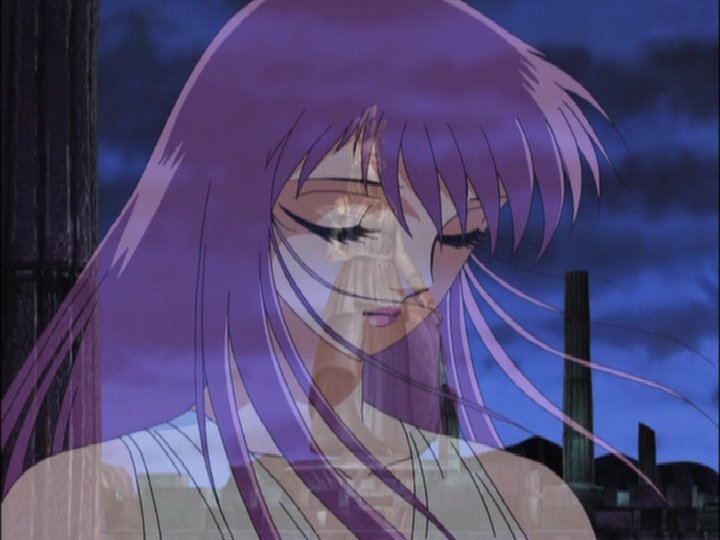Bleach (Burīchi, romanized as BLEACH in Japan) is a Japanese manga series written and illustrated by Tite Kubo. Bleach follows the adventures of Ichigo Kurosaki after he accidentally obtains the power of a shinigami from Rukia Kuchiki. A shinigami is a Japanese death personification similar to the Grim Reaper. Gaining these abilities forces him to take on the duties of defending humans from evil spirits and guiding departed souls to the afterlife.
Bleach has been continuously serialized in the Japanese manga anthology Weekly Shōnen Jump since August 2001 and has been collected in 35 tankōbon volumes as of October 2008. Since its publication, Bleach has spawned a substantial media franchise. The manga has been adapted into an animated television series produced by Studio Pierrot which is still ongoing in Japan as it adapts the story from the manga. The series has also spawned two original video animations (OVAs), three animated feature films, seven rock musicals, and numerous video games, as well as prompted the release of many types of Bleach-related merchandise.
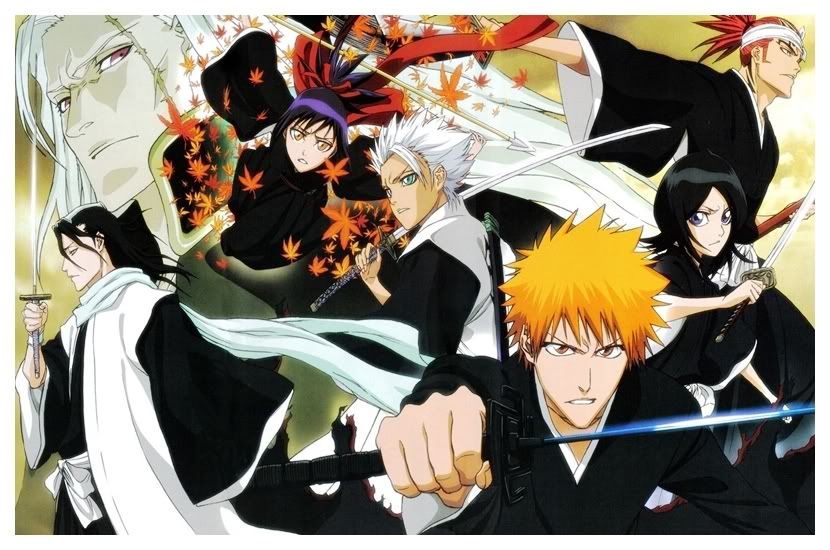
 BleachViz Media licensed the manga for English-language publication in the United States and Canada and has released 24 volumes as of September 2008. In addition, it has been publishing the chapters in Shonen Jump since November 2007. On March 15, 2006, Viz obtained foreign television and home video distribution rights to the Bleach anime. Cartoon Network began airing Bleach as part of its Adult Swim block on September 9, 2006 in the United States. The first film, Bleach: Memories of Nobody was released in North America on Region 1 DVD by Viz on October 14, 2008.
BleachViz Media licensed the manga for English-language publication in the United States and Canada and has released 24 volumes as of September 2008. In addition, it has been publishing the chapters in Shonen Jump since November 2007. On March 15, 2006, Viz obtained foreign television and home video distribution rights to the Bleach anime. Cartoon Network began airing Bleach as part of its Adult Swim block on September 9, 2006 in the United States. The first film, Bleach: Memories of Nobody was released in North America on Region 1 DVD by Viz on October 14, 2008.

 BleachCompilation volumes of the manga have sold over 50 million copies in Japan and reached the top of manga sales charts in the United States. The anime adaptation has been similarly received, rating as the 7th most popular anime television series in Japan in 2006, and in the top ten anime for America from 2006 to 2008. The series received the Shogakukan Manga Award for the shōnen demographic in 2005, and is among the best-selling manga properties in both Japan and America.
BleachCompilation volumes of the manga have sold over 50 million copies in Japan and reached the top of manga sales charts in the United States. The anime adaptation has been similarly received, rating as the 7th most popular anime television series in Japan in 2006, and in the top ten anime for America from 2006 to 2008. The series received the Shogakukan Manga Award for the shōnen demographic in 2005, and is among the best-selling manga properties in both Japan and America.
 Bleach
Bleach

 Bleach
Bleach
 Bleach
Bleach


 Bleach Manga
Bleach Manga Bleach Manga
Bleach Manga Bleach Manga
Bleach Manga Bleach Manga
Bleach Manga



 Bleach Manga
Bleach Manga






